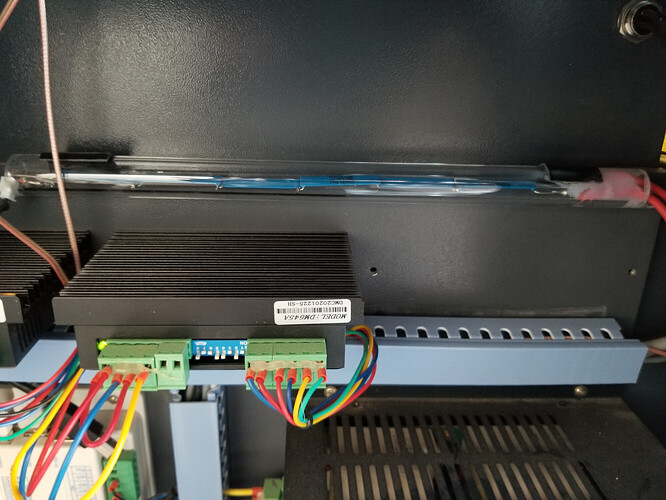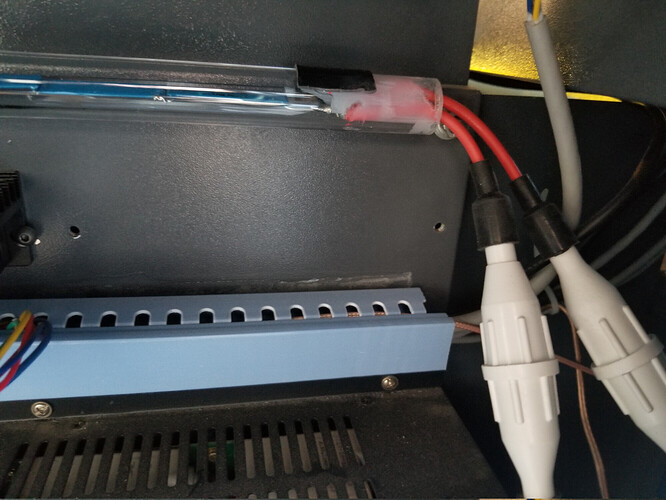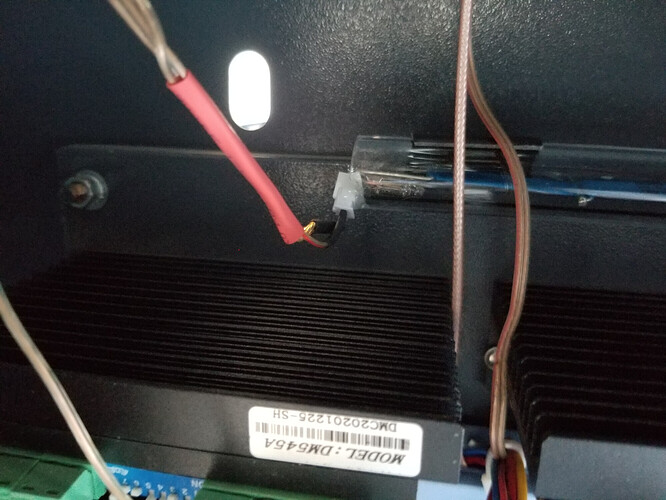Have planned a high voltage (hv) meter addition to my laser for almost 8 months. The initial problem was procuring the resistors that I needed. The first and second orders never materialized. I needed 600 Mohms of resistance to produce a 50ua (full scale 50ua meter) deflection at 30kv.
It’s quite simply a resistor and a meter to ground. There is a neon across the output to ground in case of a loose or open connection.
The hv resistors were not the issue, it was more of ‘my safety’ that was on my mind. Working with hv you learn respect for it, if you don’t start with it.
3/4" acrylic tubing, 1/8" walls gives me a 1/2" hole for the resistors to reside.
With a dielectric strength of between 17.7 - 60 kv/mm. 1/8" is 3.17 mm, conservatively 3mm x 17 kv/mm = 51 kv. About 50kv protection in a 30kv circuit.
I purchased 300 Mohm resistors.
Soldered them end to end…
Check fit tube
The resistors were then potted with epoxy resin which is known for dielectric strength, but I could not really find significant actual data. Watching a crazy guy on the internet who built some high voltage multipliers (at or near the 30kv area) just used regular hobby epoxy and has them in his hands. So I used what he used.
Here is the ‘hot’ end.
This is where the meter connects. The ‘top’ one in the photo is the required ground. The neon is only a safety precaution. If the load is removed (like the meter ‘opens’) you could have full hv on the meter. The reasoning is that over about 90v the neon will conduct.
I would like to mention that the identical connectors were on my 60 watt supply that I purchased from Amazon. Found out differently when I went to install. The inside male/female were of different physical sizes and would not mate. Fortunately l had purchased them as a ‘pair’ so I changed out the lps set, so I can remove the meter and reconnect the lps back to original.
I know you can’t see the difference in size, but trust me, it didn’t work… ![]()
It’s ‘stuck’ in the machine with the 30lb 3m double sided tape. I will make a mount for it.
This is a video (albeit poor) shows it operating. It’s cutting out a meter drill hole template.
Still a working project, but there was some interest. I did have another 30ma meter I stole the face off it, but didn’t put it on this 50ua. Now that I’ve moved I can’t find it, so I have one on order. Just need to figure out how to change the lettering on the bottom from ma to kv…
Console now looks like
Meter is marked (with pencil) so I have some idea…
Finally replaced it with a 0 - 30 kV scale face.
![]()
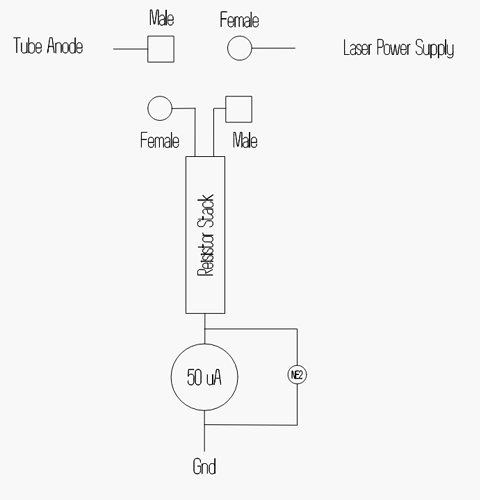

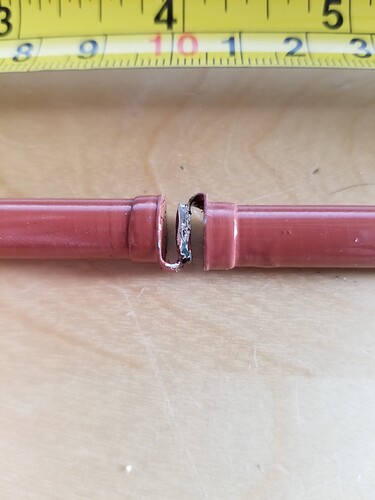
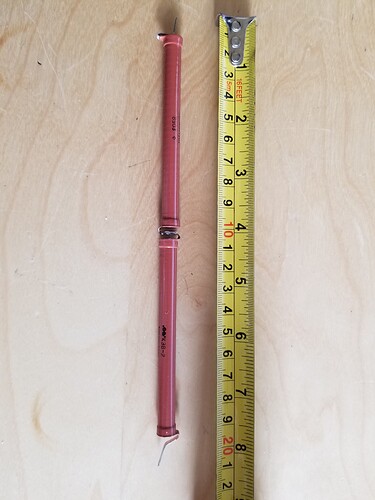
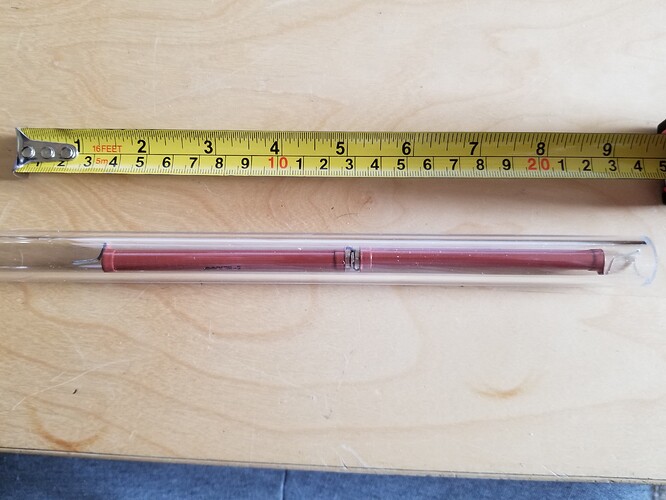
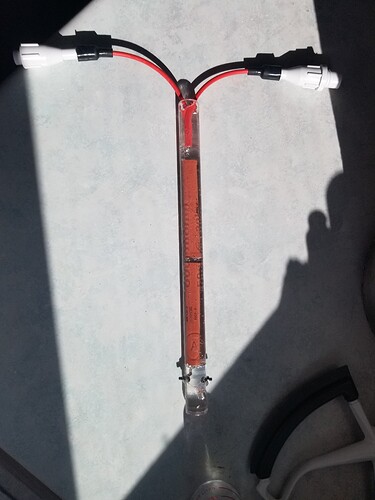
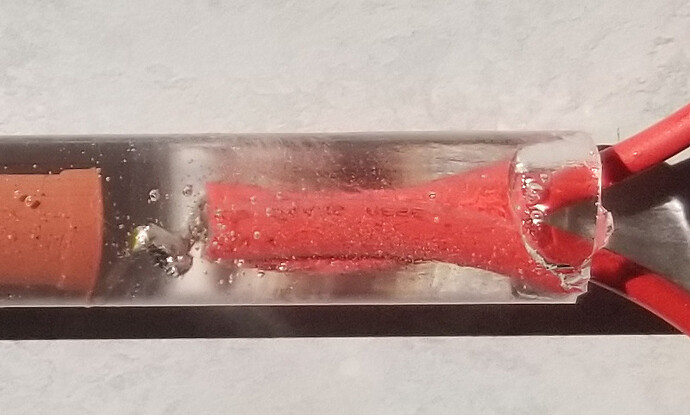

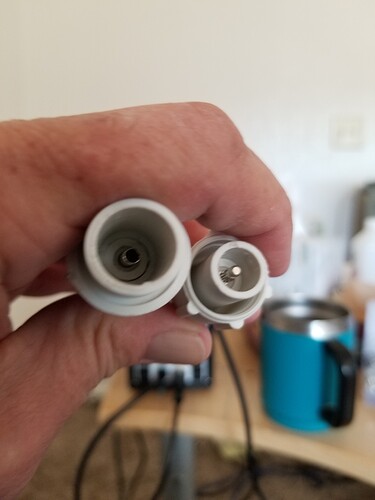

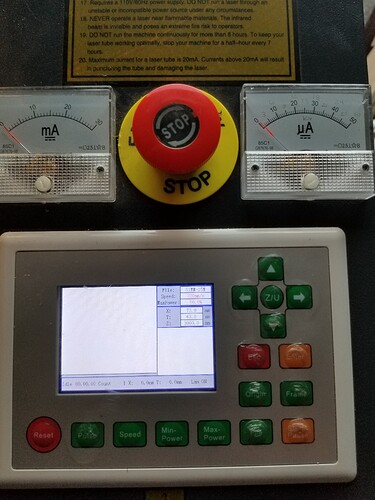

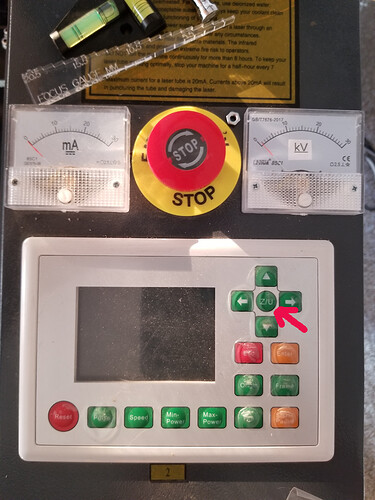


 If I did this much, I’d buy a vacuum pump.
If I did this much, I’d buy a vacuum pump.


